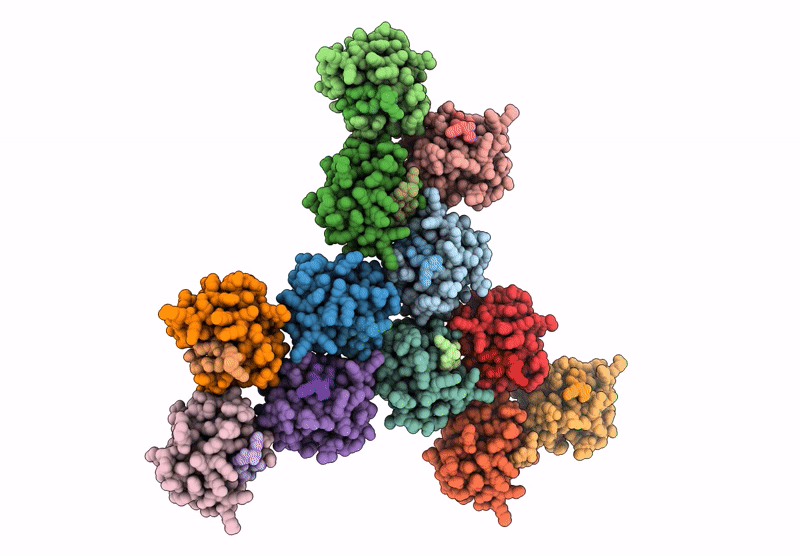
Deposition Date
2024-10-10
Release Date
2024-12-04
Last Version Date
2025-04-16
Entry Detail
Biological Source:
Source Organism:
Host Organism:
Method Details:
Experimental Method:
Resolution:
3.10 Å
Aggregation State:
PARTICLE
Reconstruction Method:
SINGLE PARTICLE


